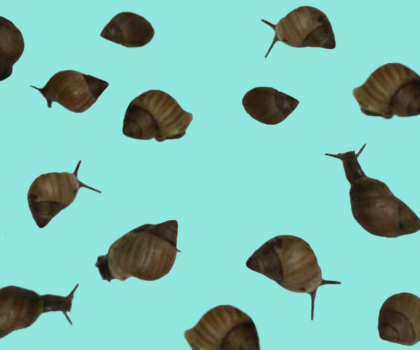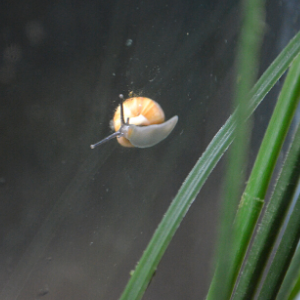 Invasive Species Day is a day to spread the word about the perils caused by non-native organisms who are introduced to habitats where they don’t belong. These plants, animals, insects and others can be introduced either accidentally (like small mammals sneaking aboard a cargo ship and being carried to a new environment) or intentionally, as well-intentioned biological controls to address another issue (like toads being introduced to farmland to control pests). One of the characteristics they all share is that they tend to reproduce quickly and consume a resource at a faster rate than the ecosystem’s native inhabitants.
Invasive Species Day is a day to spread the word about the perils caused by non-native organisms who are introduced to habitats where they don’t belong. These plants, animals, insects and others can be introduced either accidentally (like small mammals sneaking aboard a cargo ship and being carried to a new environment) or intentionally, as well-intentioned biological controls to address another issue (like toads being introduced to farmland to control pests). One of the characteristics they all share is that they tend to reproduce quickly and consume a resource at a faster rate than the ecosystem’s native inhabitants.
One animal that has been heavily impacted by invasive species is the Partula snail. Several species of Partula snails were once common in the South Pacific Islands. The native people even used these small, land-dwelling herbivores to decorate ceremonial wear and jewelry. However, in the 1960’s, a non-native African land snail escaped a cultivation program and established itself in the Pacific Islands. These snails began eating local agricultural crops, which was a problem for both farmers and the Partula snails, who relied on local plants and crops for food.
In an attempt to control the infestation of the African snail, yet another snail was released: the Florida rosy wolf snail. It was the hope of researchers that this carnivorous snail would hunt the African land snails and help protect local crops from the invaders. Unfortunately, it seemed the rosy wolf snails found the Partula snails tastier, and they began hunting and eating their way through nearly 76 species of the native Partula snails. After many of the tree snails were discovered to be in steep decline in 1986, the International Partulid Conservation Programme was formed. More recently there has also been an introduced species of flatworm that continues to endanger wild populations. Today, the Partula snail is considered extinct in the wild.
 Fortunately, there are species of Partula snails that survive in zoos. The Akron Zoo is one of about six zoos who are working on increasing the Partula snail population. Through breeding we have a healthy colony that averages 250-500 individual snails. Working with the St. Louis Zoo, the Akron Zoo has been able to send some of our snails back to Tahiti for successful re-release into the wild at a predator-free reserve. These small breeding populations as well as native reserves serve as important strongholds for this species while the invasive predator vs. native prey relationship is further studied and understood.
Fortunately, there are species of Partula snails that survive in zoos. The Akron Zoo is one of about six zoos who are working on increasing the Partula snail population. Through breeding we have a healthy colony that averages 250-500 individual snails. Working with the St. Louis Zoo, the Akron Zoo has been able to send some of our snails back to Tahiti for successful re-release into the wild at a predator-free reserve. These small breeding populations as well as native reserves serve as important strongholds for this species while the invasive predator vs. native prey relationship is further studied and understood.
Early detection and early removal of invasive species are still the best methods to control invasive species no matter which habitat you examine across the globe, even here in Ohio! To find out about how you can help in your own backyard, check out iNaturalist and consider becoming a citizen scientist, reporting what flora and fauna you find. You too can help restore the delicate balance of nature. What could be better than that?
